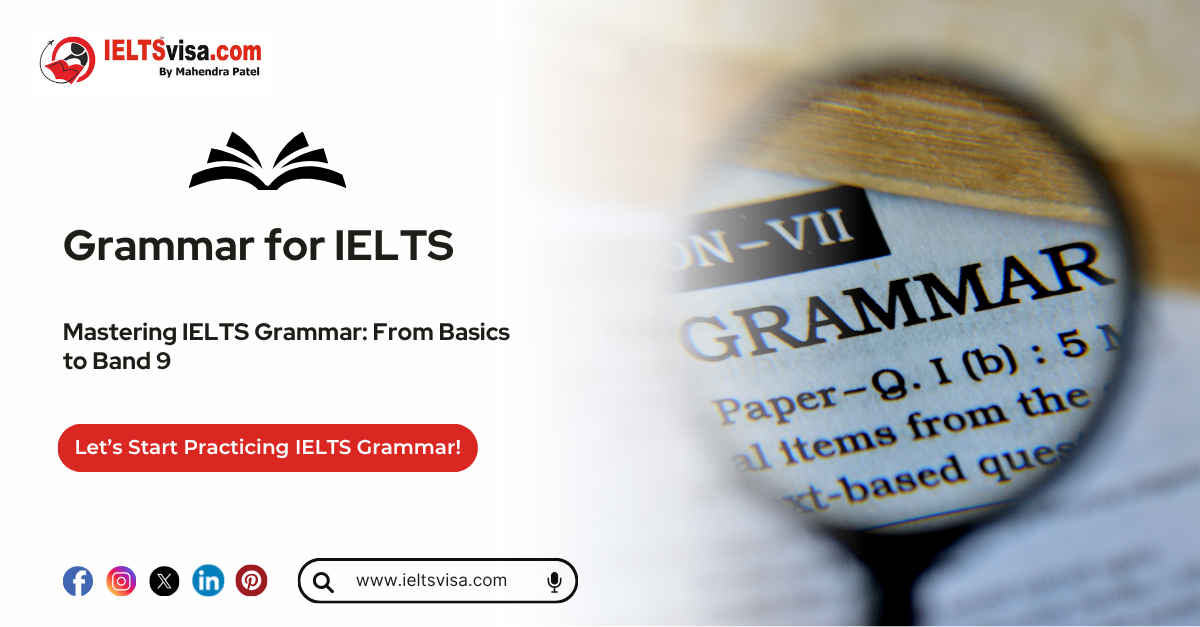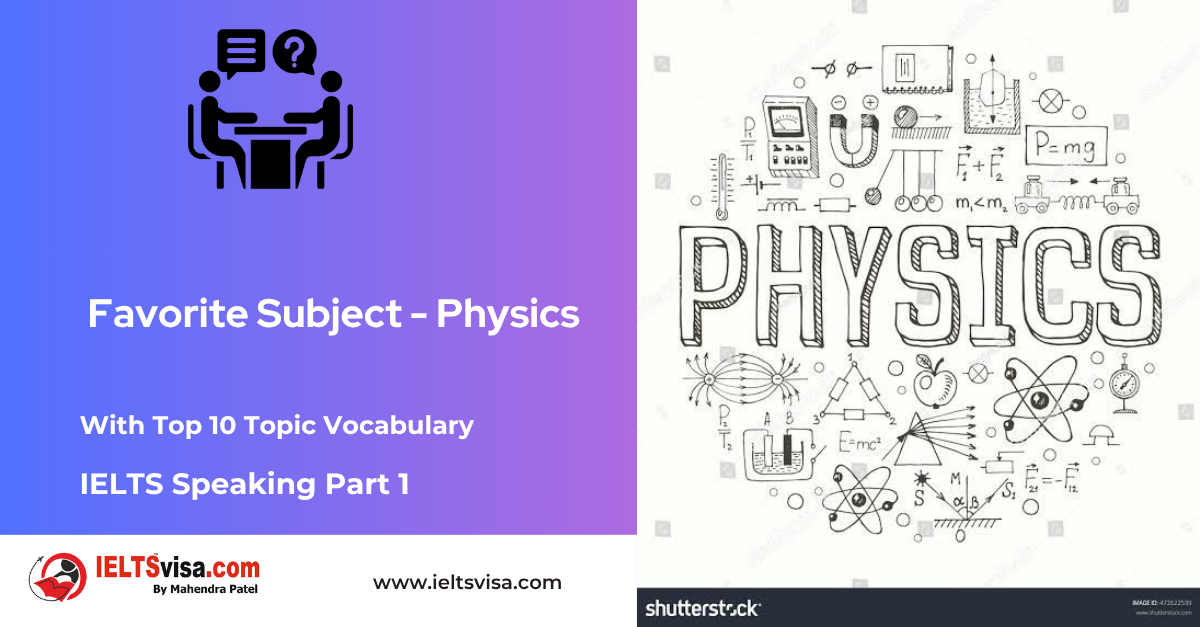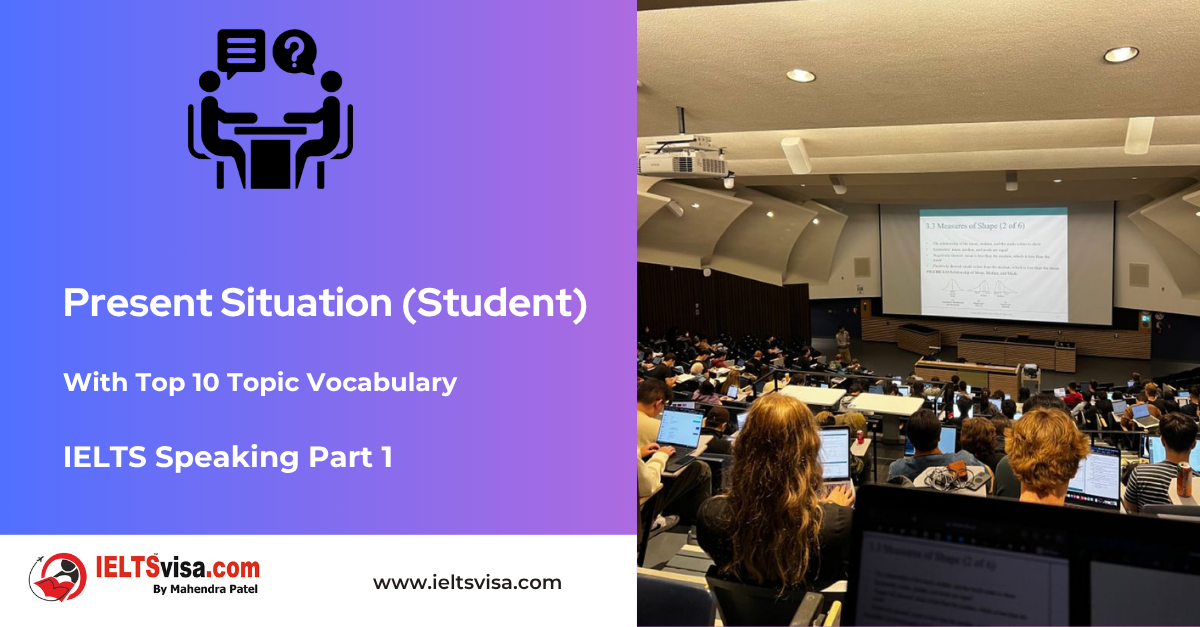Grammar Mechanics
Grammar for IELTS

Grammar Mechanics:
Grammar mechanics form the foundation of effective communication in the English language. Understanding and applying these rules not only improves your writing and speaking but also helps you convey your ideas more clearly. This guide delves into grammar mechanics, designed for children, beginners, and non-native speakers, with clear explanations and practical examples.
Table of Contents
1. What Are Grammar Mechanics?
2. Importance of Grammar Mechanics
3. Essential Components of Grammar Mechanics
-
- Sentence Structure
- Punctuation
- Capitalization
- Word Usage
4. Common Grammar Rules
-
- Subject-Verb Agreement
- Tense Consistency
- Proper Use of Articles
5. Advanced Grammar Mechanics
-
- Parallel Structure
- Dangling Modifiers
- Sentence Fragments and Run-Ons
6. Common Grammar Mistakes to Avoid
7. Grammar Mechanics for Writing
-
- Formal vs. Informal Writing
- Proofreading Tips
8. Grammar Mechanics in Speaking
-
- Intonation and Pacing
- Common Speaking Errors
9. Exercises and Practice
10. FAQs on Grammar Mechanics
1. What Are Grammar Mechanics?
Grammar mechanics refer to the set of rules and conventions governing the structure, punctuation, and word usage in written and spoken English. It ensures clarity and precision in communication, helping readers and listeners easily understand the intended message.
2. Importance of Grammar Mechanics
- Clear Communication: Proper grammar prevents misunderstandings.
- Professionalism: Correct grammar reflects attention to detail and professionalism.
- Improved Understanding: It helps the reader or listener grasp the intended meaning.
- Confidence Boost: Knowing the rules enhances confidence in speaking and writing.
3. Essential Components of Grammar Mechanics
1. Sentence Structure
Every sentence must have a subject, verb, and object or complement to make sense. The basic sentence structure in English follows this order:
Subject + Verb + Object
-
- Example: The cat (subject) chased (verb) the mouse (object).
2. Punctuation
Punctuation marks guide readers through your text. Here’s a brief overview:
-
- Periods (.): End statements.
- Commas (,): Separate items in a list or clauses in a sentence.
- Question Marks (?): End questions.
- Exclamation Marks (!): Show strong emotions.
- Quotation Marks (“”): Indicate direct speech or quotes.
3. Capitalization
Always capitalize:
-
- The first word of a sentence.
- Proper nouns (names of people, places, etc.).
- Titles (e.g., Dr., Mr., President).
4. Word Usage
Using words correctly involves understanding their meaning, context, and form. For example:
Their, There, They’re
-
-
- Their: Possessive (It is their book.)
- There: Refers to a place (The book is over there.)
- They’re: Contraction of “they are” (They’re reading a book.)
-
4. Common Grammar Rules
1. Subject-Verb Agreement
The subject and verb must agree in number:
Singular subject → Singular verb
Example: She writes.
Plural subject → Plural verb
Example: They write.
2. Tense Consistency
Maintain the same tense throughout a sentence or paragraph:
-
- Incorrect: She walked to the store and buys milk.
- Correct: She walked to the store and bought milk.
3. Proper Use of Articles
Definite Article (the): Refers to something specific.
-
- Example: The sun is shining.
Indefinite Articles (a, an): Refer to something general.
-
- Example: A dog barked.
5. Advanced Grammar Mechanics
1. Parallel Structure
Ensure that items in a list or series are in the same grammatical form:
-
- Incorrect: She likes hiking, to swim, and biking.
- Correct: She likes hiking, swimming, and biking.
2. Dangling Modifiers
Modifiers must clearly refer to the subject:
-
- Incorrect: Walking through the park, the flowers looked beautiful.
- Correct: Walking through the park, I saw the beautiful flowers.
3. Sentence Fragments and Run-Ons
Fragments: Incomplete sentences missing a subject or verb.
-
- Example: Running through the forest. (Incorrect)
- Example: She was running through the forest. (Correct)
- Run-Ons: Two or more sentences joined incorrectly.
- Example: I love pizza it’s my favorite food. (Incorrect)
- Example: I love pizza; it’s my favorite food. (Correct)
6. Common Grammar Mistakes to Avoid
1. Misplaced Apostrophes
-
- Incorrect: The cat’s are playful.
- Correct: The cats are playful.
2. Confusion Between Homophones
-
- Incorrect: They’re house is beautiful.
- Correct: Their house is beautiful.
3. Overuse of Commas
-
- Incorrect: She, went to the store, and bought apples.
- Correct: She went to the store and bought apples.
7. Practical Examples and Use Cases
1. Simple Statements
-
- Direct Speech: “I like ice cream,” he said.
- Reported Speech: He said that he liked ice cream.
2. Questions
-
- Direct Speech: “Do you know the way?” she asked.
- Reported Speech: She asked if I knew the way.
3. Commands
-
- Direct Speech: “Please sit down,” the teacher said.
- Reported Speech: The teacher asked us to sit down.
7. Grammar Mechanics for Writing
1. Formal vs. Informal Writing
Formal: Used in academic and professional contexts.
-
- Example: Please let me know if you require further assistance.
Informal: Used in casual conversations or personal notes.
-
- Example: Let me know if you need help.
2. Proofreading Tips
-
- Read your text aloud.
- Use grammar-check tools.
- Focus on one type of error at a time.
8. Grammar Mechanics in Speaking
1. Intonation and Pacing
Speak clearly and avoid rushing. Use natural pauses where punctuation would occur in writing.
2. Common Speaking Errors
-
- Incorrect: Me and him went to the park.
- Correct: He and I went to the park.
9. Exercises and Practice
Correct the Sentences:
1. She don’t like bananas.
2. I has a dog.
3. Their going to the market.
4. The books is on the table.
5. I can’t hardly believe it.
Answers:
1. She doesn’t like bananas.
2. I have a dog.
3. They’re going to the market.
4. The books are on the table.
5. I can hardly believe it.
FAQs on Grammar Mechanics
Q1. What are grammar mechanics?
Grammar mechanics refer to the rules that govern sentence structure, punctuation, capitalisation, and word usage in the English language.
Q2. Why are grammar mechanics important?
They ensure clarity and precision in communication, making it easier for readers and listeners to understand your message.
Q3. How can I improve my grammar mechanics?
Practice regularly, read extensively, and use tools like grammar checkers. Take note of common errors and work on correcting them.

Our Books
Master IELTS Speaking Part 1
IELTS Writing Task 1 Book
IELTS Writing Task 2 Book
Practice IELTS Other Modules
IELTS Listening
The IELTS Listening test assesses how well you can understand spoken English in various contexts. It lasts about 30 minutes and is divided into four sections with a total of 40 questions. The listening tasks become increasingly difficult as the test progresses.
IELTS Academic Reading
The IELTS Academic Reading section assesses your ability to understand and interpret a variety of texts in academic settings. It is designed to evaluate a range of reading skills, including skimming for gist, reading for main ideas, reading for detail, understanding inferences, and recognizing a writer's opinions and arguments.
IELTS Speaking
The IELTS Speaking test assesses your ability to communicate in English on everyday topics. It lasts 11-14 minutes and consists of three parts: introduction, cue card, and a discussion based on the cue card topic.
IELTS General Reading
IELTS General Reading tests your ability to understand and interpret various types of texts. Here are some key areas and types of content you can expect to encounter in the reading section, along with tips for effective preparation.
IELTS Academic Writing Task 1
In IELTS Academic Writing Task 1, you are presented with a visual representation of information, such as graphs, charts, tables, or diagrams, and you are required to summarize, compare, or explain the data in your own words.
IELTS General Writing Task 1
In IELTS General Writing Task 1, you are required to write a letter based on a given situation. The letter can be formal, semi-formal, or informal, depending on the prompt. Here’s a breakdown of the key components to include in your letter
IELTS Academic Writing Task 2
In IELTS Academic Writing Task 2, you are required to write an essay in response to a question or topic. Here’s a guide to help you understand the essential elements of this task
IELTS Exam Tips
To succeed in the IELTS exam, practice regularly, familiarize yourself with the test format, improve your vocabulary, develop time management skills, and take mock tests to build confidence.
Grammer for IELTS
Grammar is the foundation of effective communication in English. Understanding tense usage, subject-verb agreement, and sentence structure enhances clarity and coherence in writing and speaking.
Vocabulary for IELTS
Vocabulary plays a crucial role in the IELTS (International English Language Testing System) exam, especially in the Speaking and Writing sections. Here’s an overview of why vocabulary is important and how it impacts your performance
RECENT IELTS SAMPLES QUESTIONS AND ANSWERS
IELTS Speaking Part 1 – Favourite Sujbect – Physics
IELTS Speaking Part 1 - Favourite Sujbect - Physics Q: What is your favourite subject? A: My favourite subject...
IELTS Speaking Part 1 – Present Situation (Student)
IELTS Speaking Part 1 - Present Situation (Student) Q1: Are you a student or do you work?A: I’m a full-time...
IELTS Speaking Part 1 – Present Situation – Employee – as an International Student and Social Worker
IELTS Speaking Part 1 - Present Situation - Employee - as an International Student and Social Worker Q1: Are...
IELTS Speaking Part 1 – Persent Situation – Employee- as an Electric Engineer
IELTS Speaking Part 1 - Persent Situation - Employee- as an Electric Engineer Q1: What do you do for a...
IELTS Speaking Part 1 – Persent Situation – Employee – as an Software Engineer
IELTS Speaking Part 1 - Persent Situation - Employee - as an Software Engineer Q1: What do you do for a...
IELTS Speaking Part 1 – Persent Situation – Married
IELTS Speaking Part 1 - Persent Situation - Married Q1: Are you married?A: Yes, I am married. My spouse and I...













